Everything You Wanted To Know About Experimental Homebuilt Aircrafts
When you see a Boeing 737, an Embraer Phenom 100, or any other aircraft or jet shooting through the air, what goes through your mind?
“How do they get those things in the air?”
“How long did the engineering, aircraft structures team, mechanics, avionics team, and everyone else take to make that plane from grounded to flying?”
“Maybe I could create a plane one day.”
If you’re thinking #3, it might feel out of reach. Aircrafts require tons of expensive materials, lots of planning, regulation compliance, space to build, and lots of time before they get in the air.
But many people have succeeded in building experimental homebuilt aircrafts, for various purposes. Some people just enjoy big building projects; others build to sell; and some just want an aircraft to call their own! Now more than ever, experimental homebuilt aircraft within the General, Ultra Light, and Light Sport Aviation areas are accessible to everyone. .
Here we’ll go through everything you need to know about the experimental homebuilt aircraft, and what you need to make one.
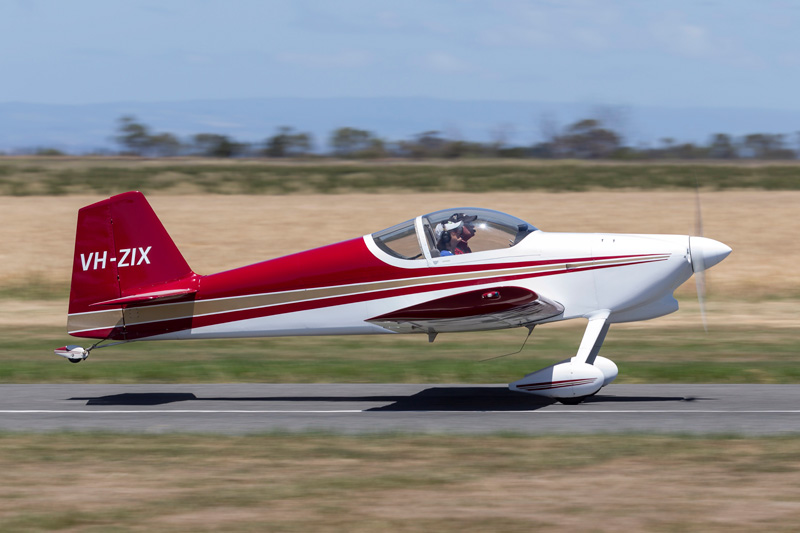
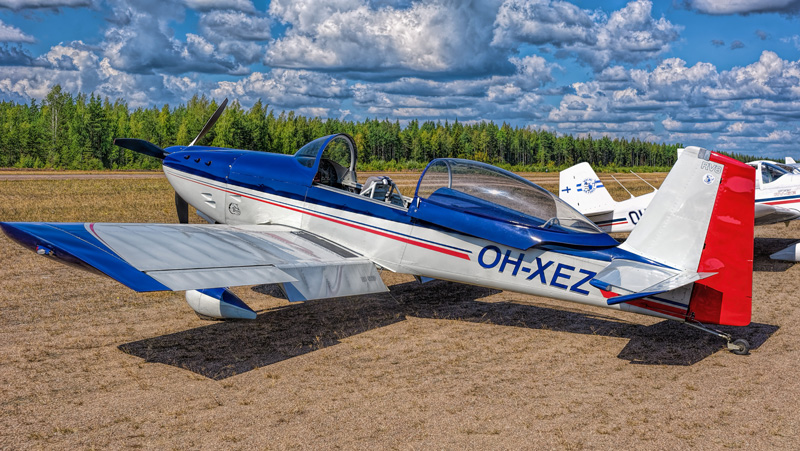
What are Experimental Homebuilt Aircrafts?
Experimental homebuilt aircrafts, aka amateur-built Aircraft, are built by private individuals with or without their own teams. The wonderful thing about Experimental Aircraft enthusiasts is that the people who choose to build their own aircrafts come from all walks of life including, not only just professional pilots, but also executives, doctors, lawyers, technicians and many others.
These planes are licensed by each region’s aviation regulatory board, such as the FAA in United States and EASA in the European Union.
Usually the Experimental category specifies that an individual built the majority (at least 51%) of the aircraft, and that it was built without the production certificate’s quality control and supervision. Before flying a homebuilt aircraft, you must obtain this necessary license from the your country’s aviations regulatory board.
Experimental homebuilt aircrafts have been around for over 50 years, with over 33,000 of them around today. If you’re thinking of building one, you should dedicate a solid 1,000-3,000 hours to its completion, sometimes even longer depending on the complexity of the aircraft type.
How did Experimental Homebuilt Aircrafts Become Popular?
It all started in in United States in1952 when the FAA introduced the “experimental amateur-built” category for aircrafts. At this time, the intent for most people building home aircrafts was for casual hobby flying after work, or perhaps the pride of completing such a project.
Materials used in the 50s included welded steel-tube fuselages, entirely wooden wings or wings with wood frames and fabrics. Then came the aluminum monocoque of the 60s, which became the standard for the aviation industry.
These days, many homebuilt aircraft also include fiberglass components, mainly in any areas that produce drag, the cowling, wing and tail fairings, cuffs, and wheel pants, or are entirely built from similar type composite material, which adds a clean aesthetic feel to the overall appearance of the plane.
Common practices for the construction of these amateur-built planes evolved as companies started creating special kits dedicated to creating aircrafts, for sale. These primary build kits are quite common today and contain pre-built parts, allowing less room for building errors than before.
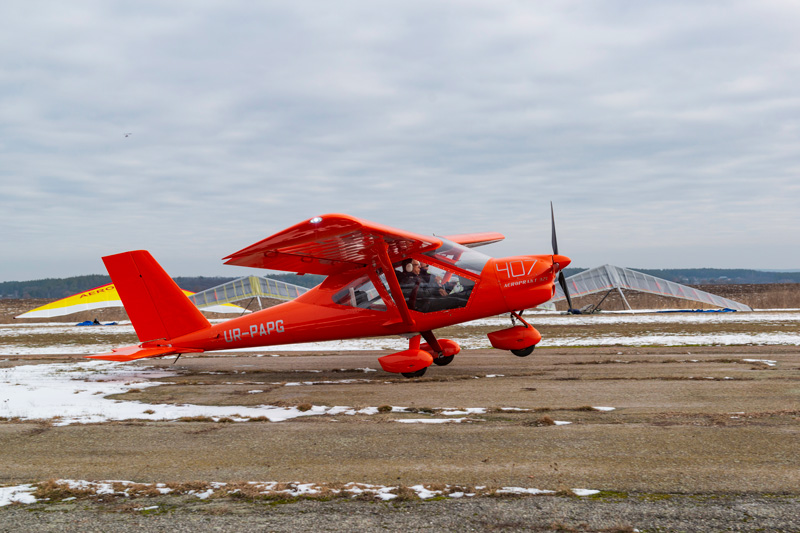
What Are the Benefits of Owning a Homebuilt Aircraft?
Many different types of people build their own aircrafts, from Business professionals that want a fun hobby project, to pilots and aircraft technicians that want to take their aviation skills to the next level. People of so many different backgrounds could benefit from a homebuilt aircraft for various reasons. You might enjoy the following perks if you build your own aircraft:
Freedom: For most Freedom is the “It” factor! Just as the car became the symbol of freedom once it was more affordable and accessible to the masses, so has General Aviation now become the new symbol of freedom that affords the individual to fly or travel to places one only daydreams about, as one of the most revered reasons to own your own aircraft.
Costs: The affordability of building your own homebuilt aircraft, or even purchasing someone else’s homebuilt aircraft has become very common. Homebuilt aircrafts are much cheaper to maintain than a factory-made aircraft and often more fuel-efficient, which can also save you in costs in the long run.
Access: Many remote locations don’t have runways or even landing strips. A homebuilt aircraft is smaller and offers you the flexibility to perform a remote landing, giving you greater access to different places in the world. Some people like to travel long distances cross-country. Others may want to travel to extreme remote locations. Just know that no matter what your reason is to want to fly, there is an aircraft type that will suit your needs!
Style: The trick, however, is to know your purpose of use with your homebuilt aircraft. Smaller, homebuilt aircrafts give you the freedom to perform wicked aerobatics in the air while flying, a feature that you can’t pull off with your average commercial plane or even private jet, whilst other types of aircrafts will take you to places where there are no access by any other types of vehicle to hunt or fish.
Pride: Anyone who has successfully built anything, be it a car, a house, or anything else would know the sense of accomplishment one feels upon completion. Building an aircraft is no easy feat, but the experience and finished result are extremely satisfying and the benefits are unbound.
Speed: Homebuilt aircrafts are made of lighter materials than factory-made ones, which means you’ll have the option to make the plane faster or slower, depending on your needs. If you want to fly long distances quickly, a homebuilt aircraft can get you there often sooner and cheaper than commercial flying. Slower planes allow you to take off and land in very short distances and many times on unpaved open spaces or strips.
You can make adjustments to your homebuilt as you please, including adding aesthetic features down to changing certain functions of the plane. If you’re the type that likes modifying their car, imagine the rewarding feeling of modifying a plane!
Most people use homebuilt aircrafts for similar reasons as they’d use a factory-made private jet — the main difference is the multitude of purposes and reasons for flying that a homebuilt aircraft can satisfy with its flexibility. All the above reasons listed require a different type of aircraft to fulfill, making homebuilt aircrafts the best choice. Whether it’s to get from Point A to B or to enjoy some weekend flying, homebuilt aircrafts meet many different needs.
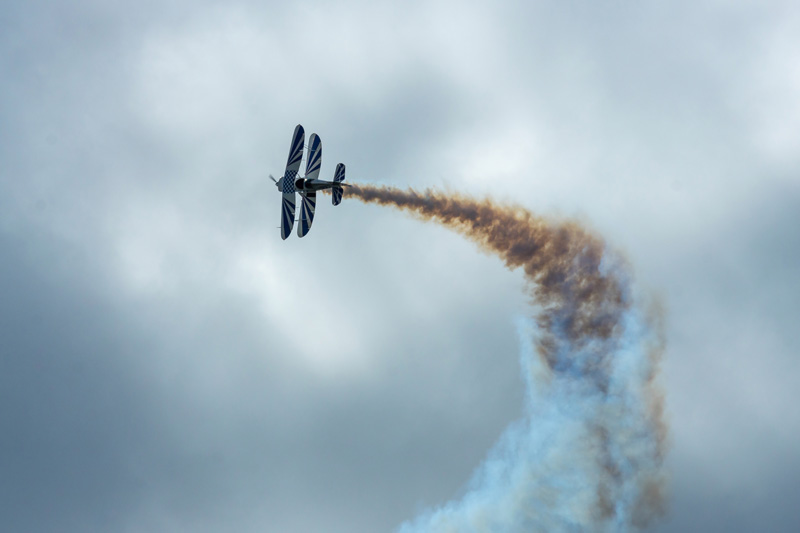
Opportunities in the Homebuilt Aircraft Industry
Valued at around $6 billion in 2020, the Latin American Aviation Market is expected to grow in value to over $9 billion by 2026. Homebuilt aircrafts are a part of that market. Additionally, many airports in Latin America are looking to privatize their airports — Jamaica, Peru, Paraguay, and Brazil are a few examples. Infrastructure development under airport privatization will certainly grow the aviation market in Latin America, opening up opportunities for the flexibility and variety of uses that experimental homebuilt aircrafts offer.
Given the opportunity for great growth in the aerospace industry, Latin America requires strong experimental aviation services to help realize that economic growth and opportunity.
SL Aviation has been providing consulting expertise in building experimental aircrafts since 2008, as well as distribution and installation of UL Power engines to providing various other technical services such as avionics, hydraulics and much more. As the official distributor of the UL Power engines to the global Spanish speaking countries, SL Aviation also provides experimental homebuilt aircraft services and consulting to all Spanish-speaking companies and individuals around the world.
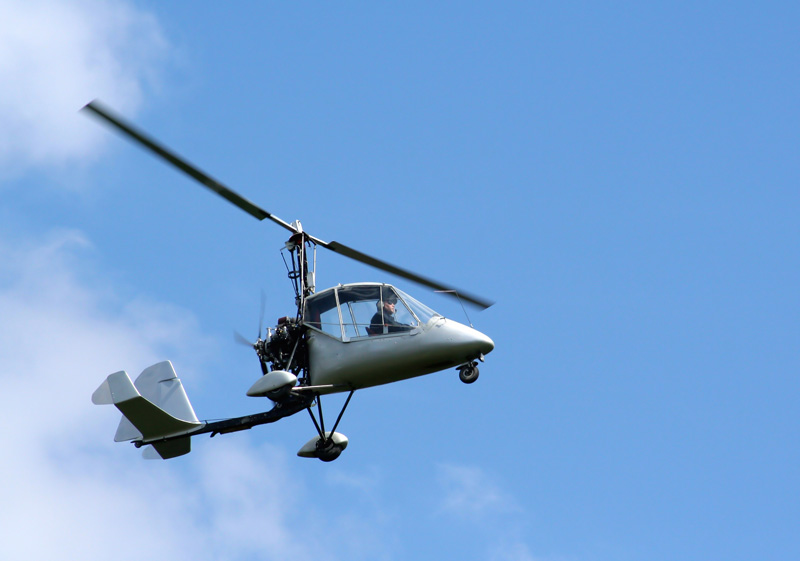
Your Own Design vs Pre-made Kits
These days, many kits are offered to help smooth the process of building an experimental aircraft. Kitplanes, Zenith, and Vans are a few companies that make these kits. While building an aircraft of your own design might be rewarding and offer the most unique flying type, you need immense expertise to envision an original design, the type of parts you need and how they fit together.
If you have the engineering and design background and the money, as well as a helpful team to help you create an original plane without having to purchase a pre-made kit, go for it! Just know that if you’re a first-time builder it’s always better to start with a kit so to become familiar with the building process and understand what it takes to complete an aircraft before diving into building an original design from scratch. Once you go through the experience your gained experience can help you to build an even better original design!
Dangers of Building an Aircraft Without the Right Expertise or Guidance
Experts say it’s nearly impossible to compare fatalities or accidents of experimental homebuilt aircrafts with factory-made aircrafts. That’s because it’s hard to measure how many flight hours homebuilt aircrafts actually have.
Despite a lack of data though, the importance of consulting with the right expert shouldn’t be underestimated when it comes to homebuilt aircrafts. Despite your background — even if you’re an airplane mechanic, structural technician, or a pilot — you might not know the perfect choice for each airplane component to meet your needs.
The first thing you should narrow down before consulting an expert is your general intent for your aircraft. Do you want a plane to perform aerobatics? Are you a businessman that has frequent long-distance meetings? Or do you just want a fun way to travel in style with your family over the weekends? The answers to these questions will help you and your supportive expert determine, the right kit, engine type, avionics, and more.
Most of the time, homebuilt aircrafts exhibit their issues in the testing phase, where you can catch problems before regular flying or even before licensing. But since you’re not under the supervision of product certificate holders, we can’t stress enough the importance of ensuring that you have the right expertise or guidance before embarking on this journey.
At SL Aviation, we cover all of these factors and pinpoint your desires for the plane and corresponding operational needs you’ll before going any further. This ensures you’re getting exactly what you need for your intended use by improving your safety, utility, cost-effectiveness, and overall experience.
Average Cost for Single and Multi-Engine Homebuilt Aircrafts
Of course, the sky is the limit, (no pun intended), when it comes to private aviation costs. You can spend as much as you can afford. Homebuilt aircraft kits can cost you as little as $25,000 to $75,000. Generally, a completed single-engine aircraft can run anywhere between $45,000 and $2500,000, while multi-engine planes cost between $75,000 and $300,000. However, it’s important to remember, just throwing money at a project is never a good idea and historically it doesn’t necessarily solve every problem. Many times you can come up with a cheaper and more effective solution to a problem simply by being industrious. That’s where the true value of the expertise and exercise of a consultant comes to light. By engaging a consultant to help you through the process you can save thousands of dollars in mistakes while improving the safety and efficiency of your Experimental aircraft.

Final Thoughts
Experimental homebuilt aircrafts are an exciting endeavor for anyone who wants the project of a lifetime, and are becoming more accessible to everyone now more than ever. The flexibility of uses offered by homebuilt aircrafts are abundant and unparalleled, regardless of your professional background. Latin America is an especially exciting space to get involved in the aviation industry with its expected market growth and opportunities in the experimental homebuilt area and airport privatization.
Be sure to evaluate all kits available, conduct lots of research, and arm yourself with the utmost guidance and support from experts if you want to build your own aircraft!
And, always feel free to connect with us at SL Aviation along the way. We’d be delighted to help you realize your aircraft goals and dreams!
